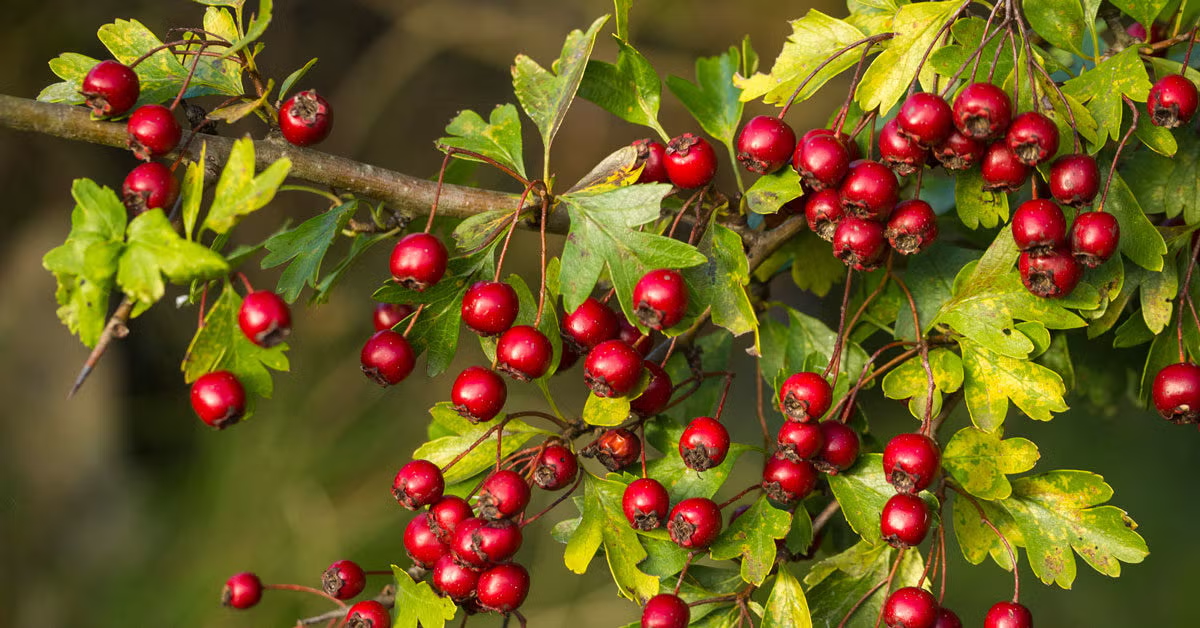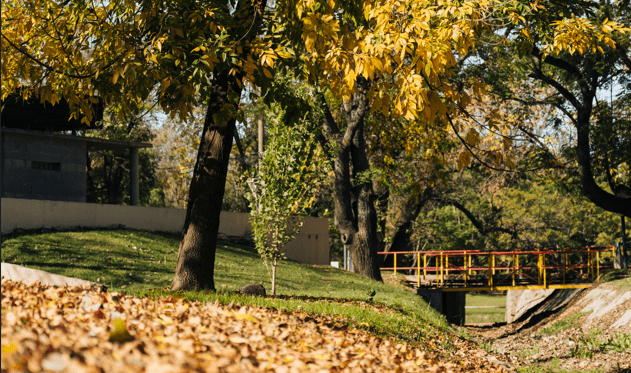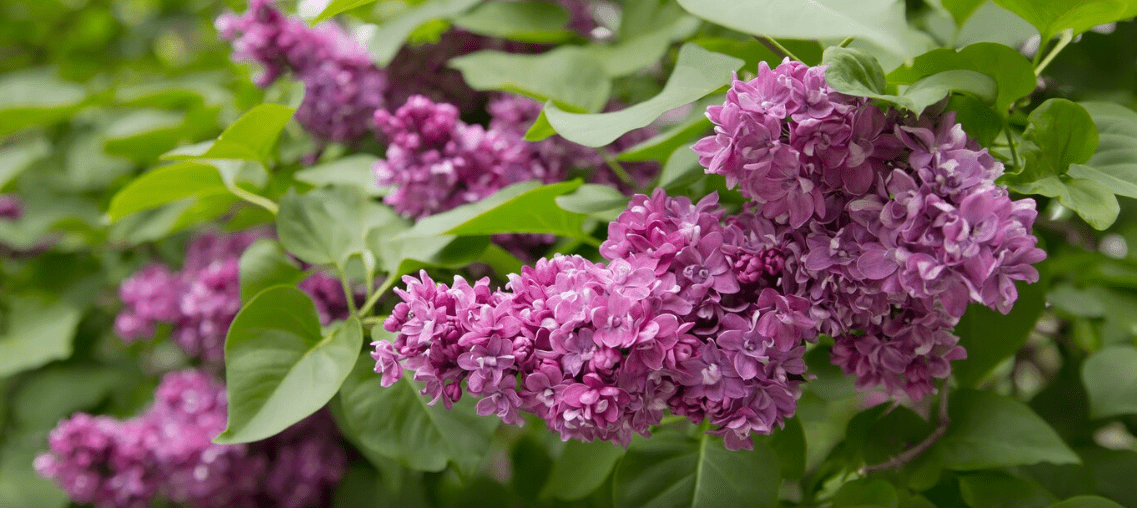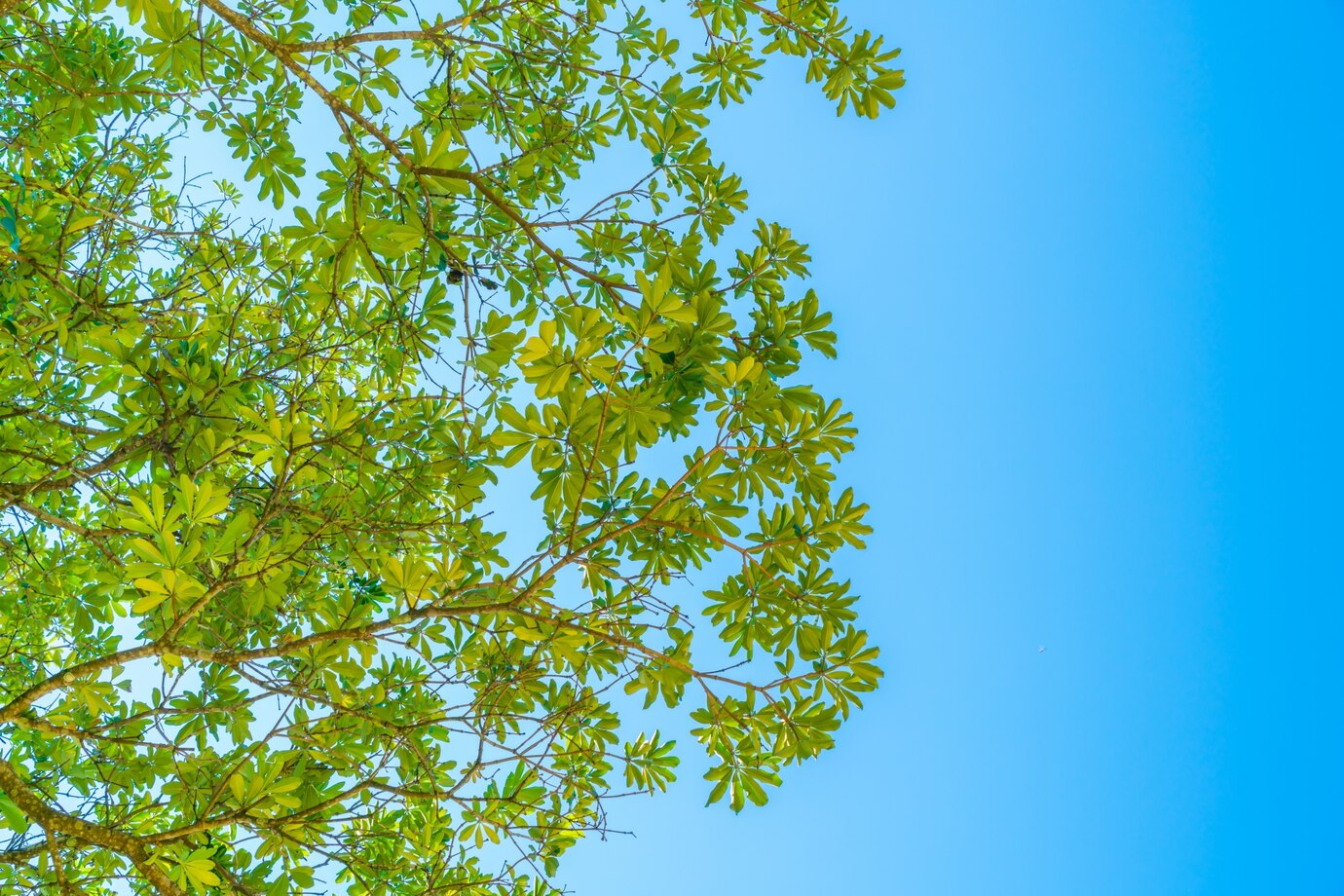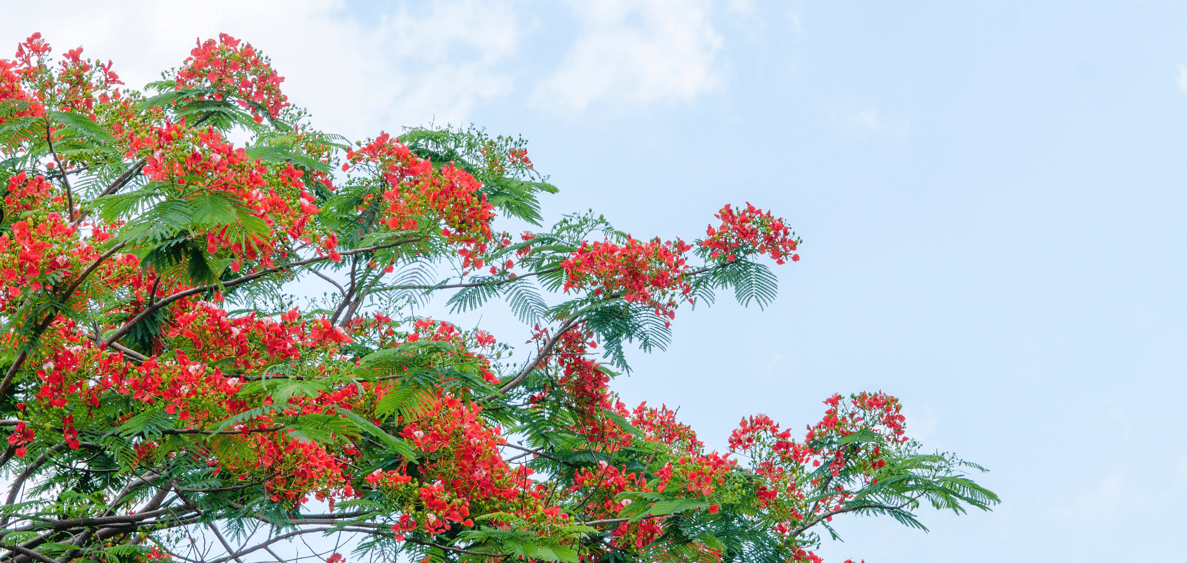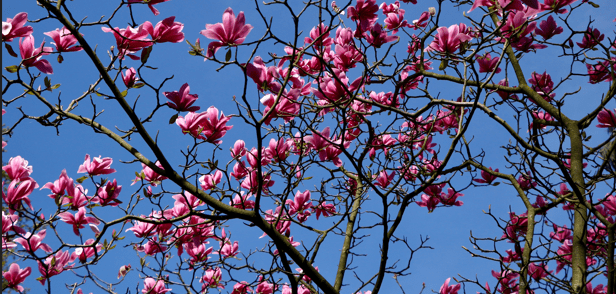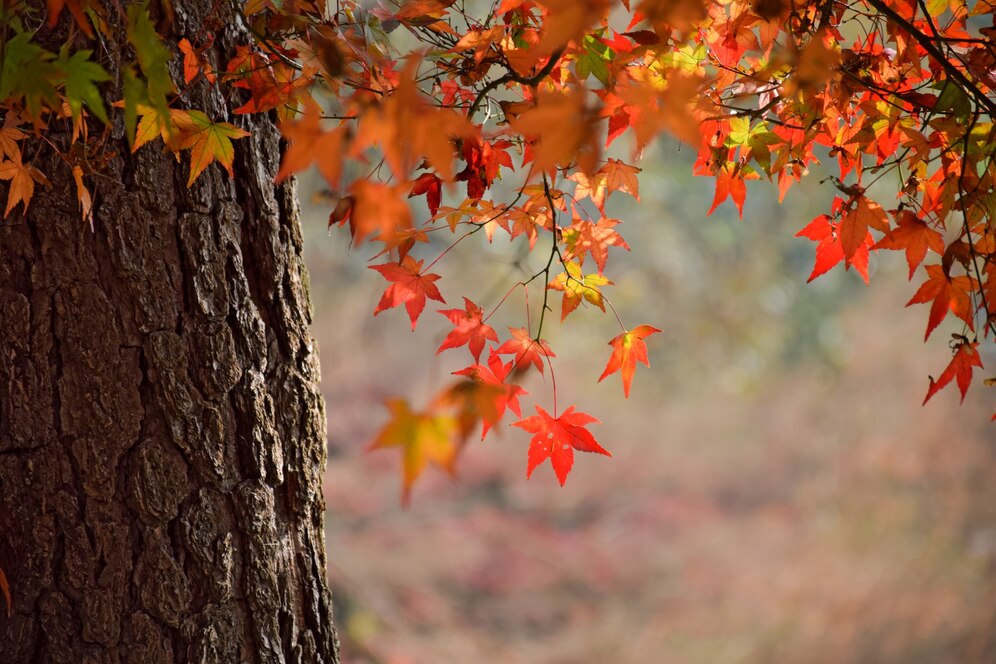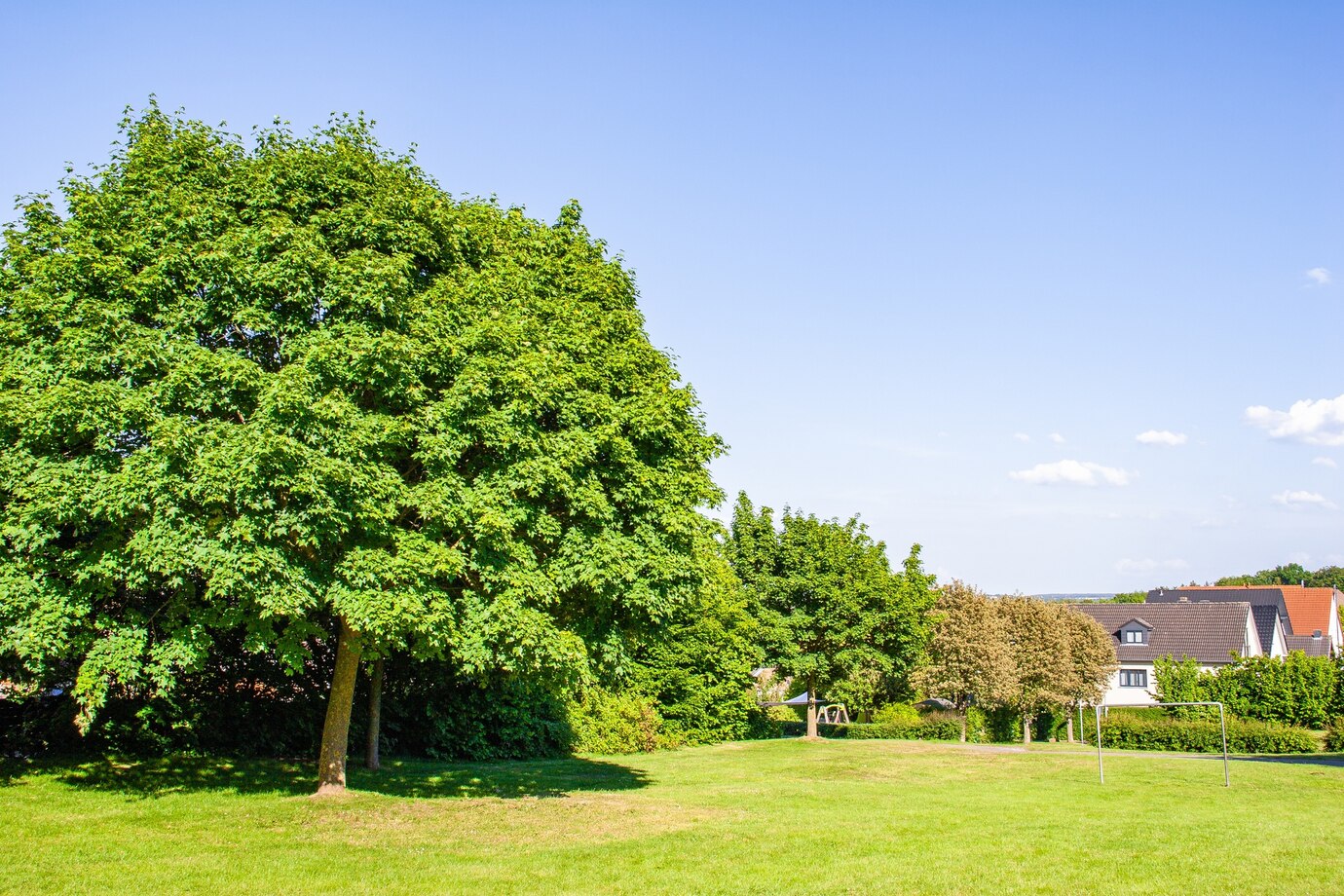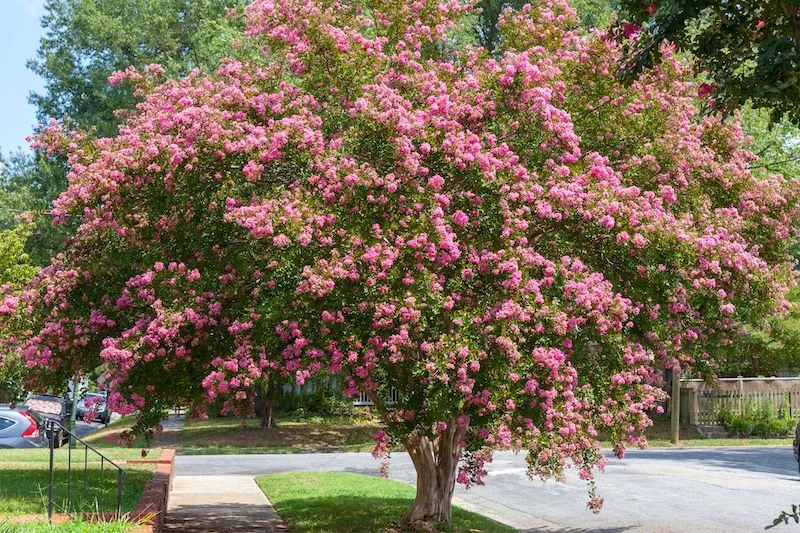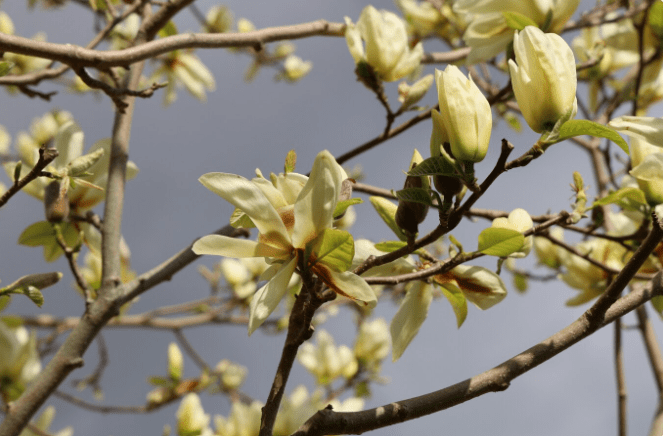You can cultivate hawthorn either as a tree or a hedge. When grown as trees, they remain compact to moderately tall, which is a great fit for gardens. When shaped into hedges, they create a thick, flowering barrier that also attracts and shelters local wildlife.
Table of Contents
ToggleAbout Hawthorn
Hawthorn trees (Crataegus spp.) are attractive ornamental trees or shrubs. Due to their manageable size, they are well-suited for compact spaces. In spring, they produce delicate, five-petaled blooms with a pleasant fragrance. They are hardy and low-maintenance and thrive with minimal effort.
Despite their many benefits, one notable drawback is the presence of sharp thorns on some varieties that can reach up to 3 inches tall. However, certain cultivars have been developed to minimize or eliminate thorns altogether. Many hawthorn types are also resistant to pests and diseases.
Types of Hawthorn Tree
Caring for Hawthorn trees is simple if you choose a non-native variety. Opt for one that resists common pests and diseases. Many types of Crataegus are naturally resistant to issues like fire blight and rust, and they’re just as visually appealing as other varieties. Here are some well-known selections:
Canadian hawthorn (C. canadensis) – This frost-tolerant variety reaches up to 30 feet tall and handles urban pollution well.
Washington hawthorn (C. phaenopyrum) – A compact tree known for its vivid red berries and brilliant autumn foliage.
Cockspur hawthorn (C. crus-galli) – With its wide, low-growing branches that often touch the ground, this type forms dense thickets and displays a mix of autumn colors.
Copenhagen hawthorn (C. intricata) – A smaller, shrub-like hawthorn that grows to about 10 feet. It’s valued for supporting pollinators and providing shelter for wildlife.
English hawthorn (C. laevigata) – A favorite for urban landscapes, this variety produces white, pink, or red blooms and thrives even in harsh conditions where other trees may struggle.
How to Plant Hawthorn Tree
Best Time to Plant
The ideal time to plant a hawthorn tree is early spring or fall. Aim for a mild season to avoid putting the tree under stress as it establishes itself in the soil.
Choosing the Right Location
Pick a spot with full sunlight to encourage more vibrant blooms, although hawthorns can also adapt to partial shade. They prefer well-draining soil but can tolerate poor soil quality and even urban pollution.
Because of their compact size, hawthorns are suitable for planting near buildings or other structures without causing issues.
Spacing, Planting Depth, and Support
When planting multiple hawthorns, space them 20 to 30 feet apart to give them room to spread, as mature trees can reach up to 30 feet wide. Dig a hole two to three times wider and deeper than the root ball to help roots establish easily. Young trees benefit from staking to prevent wind damage during their early growth stages.
Ongoing Hawthorn Care
After planting, spread a thick layer of organic mulch, such as leaf mold, bark chips, or composted bark, around the base of the tree. This helps retain soil moisture near the roots. Be sure to leave a 10 cm (4 in) gap around the trunk or stems to prevent rot by keeping the mulch away from direct contact with the bark.
Keep the area around your hawthorn tree or hedge free from weeds. They compete for moisture and nutrients, which can hinder healthy growth.
Consistent watering is essential for the tree to establish itself. Water deeply at the base during dry spells, ensuring moisture reaches the root zone. Monitor soil moisture levels and continue deep watering during dry weather for the first three growing seasons.
While hawthorns don’t need heavy feeding, applying a balanced fertilizer like Growmore or a natural option like blood, fish, and bone in early spring (around February) can help young trees or hedges settle in and grow vigorously. Once the plant is well-established and thriving, additional feeding is usually unnecessary.
Pruning
Hawthorn trees can develop dense, thick growth if they aren’t trained to grow with a central leader and outward-facing branches.
Select a strong, upright main stem (the leader) to shape your tree and remove any low branches that form sharp V-shaped angles or cross over other limbs. Do this pruning in the fall once the leaves have dropped. Always use clean and sharp shears to prevent damage and reduce disease risk.
Continue this yearly pruning process until the tree takes on your desired structure. Once it becomes too tall or large to trim safely from the ground, it’s wise to contact a certified arborist because hawthorns can be challenging and risky to prune without proper experience and equipment.
Common Pests & Plant Diseases
Hawthorn trees can be affected by a range of pests, including aphids, scale insects, cankerworms, lacebugs, leafminers, and spider mites. Insecticidal soap is often effective in reducing these infestations and helping maintain plant health.
The most common diseases hawthorns face are hawthorn rust and fire blight. Hawthorn rust is a fungal disease caused by the fungus Gymnosporangium globosum. It distorts leaves and stems and has no effective cure. Therefore, selecting rust-resistant varieties when planting is essential.
Fire blight, a bacterial infection, attacks blossoms, shoots, and branches. It spreads primarily through weather conditions and is difficult to control. The best approach is to prune away infected areas as soon as symptoms appear. In severe cases, fire blight can kill the tree.

